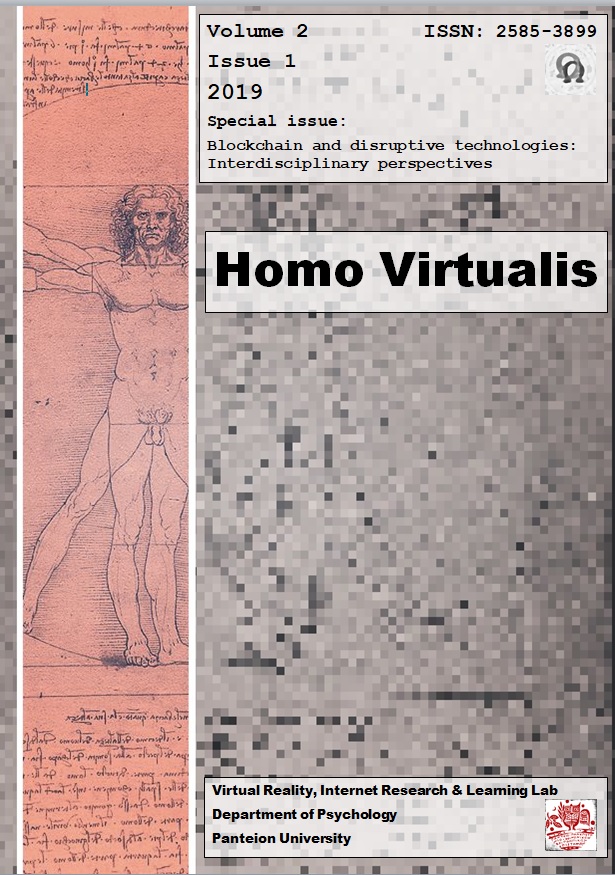Surveillance, social punishment, and the viability of Homo Virtualis

Abstract
As emerging encryption technology results in widespread freedom from detection of online activity, Homo Virtualis might usefully be considered as Homo sapiens without a gun to its head—a highly evolved species experiencing, for the first time on a massive scale, a home environment in which the individual who engages in acts that harm others is not identifiable. This renders the punishment of antisocial behavior in this context impossible, clearing the warning signals for retribution and crippling this ancient and brutal method for limiting the occurrence of antisocial or unwanted behavior. If Homo Virtualis is to retain this newfound freedom from threat and invigilation, prosocial behavior must continue to prevail in the absence of credible threat of punishment for the antisocial. The prospects are far from certain, and an attendant spike in the frequency of misdeed would be sure to evoke a crackdown on encryption tech. On the bright side, a widespread failure of punishment to inhibit malice and malfeasance online might finally evoke serious consideration of how H. sapiens might ensure a low frequency of antisocial behavior absent the threat of dire consequence for transgression, via the positive reinforcement of prosocial conduct, rendering interpersonal and community sensitivity and service pleasurable rather than obligatory. Encryption technologies can provide valuable support for such a comprehensively humanistic effort to reduce malfeasance by eliminating threats of public censure for current and budding offenders’ own efforts to address their problematic proclivities.
Article Details
- How to Cite
-
Mellon, R. C. (2019). Surveillance, social punishment, and the viability of Homo Virtualis. Homo Virtualis, 2(1), 101–107. https://doi.org/10.12681/homvir.20290
- Section
- Articles

This work is licensed under a Creative Commons Attribution 4.0 International License.
Authors who publish with this journal agree to the following terms:
· Authors retain copyright and grant the journal right of first publication with the work simultaneously licensed under a Creative Commons Attribution License that allows others to share the work with an acknowledgement of the work's authorship and initial publication in this journal.
· Authors are able to enter into separate, additional contractual arrangements for the non-exclusive distribution of the journal's published version of the work (e.g. post it to an institutional repository or publish it in a book), with an acknowledgement of its initial publication in this journal.
· Authors are permitted and encouraged to post their work online (preferably in institutional repositories or on their website) prior to and during the submission process, as it can lead to productive exchanges, as well as earlier and greater citation of published work.


